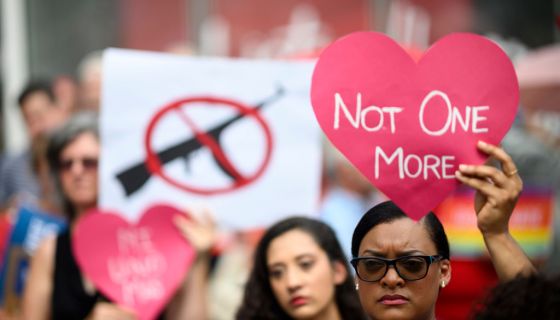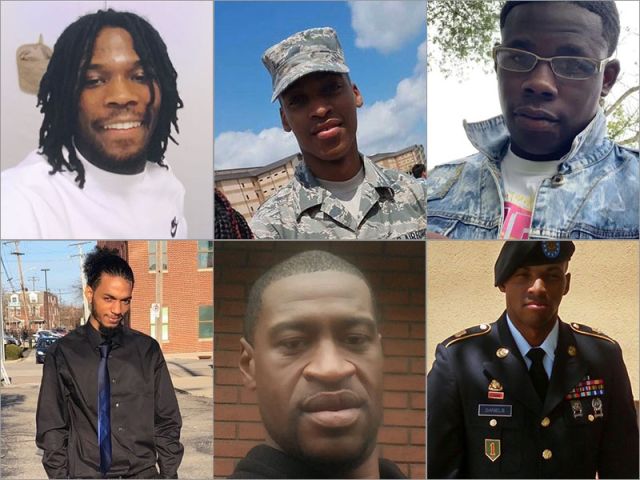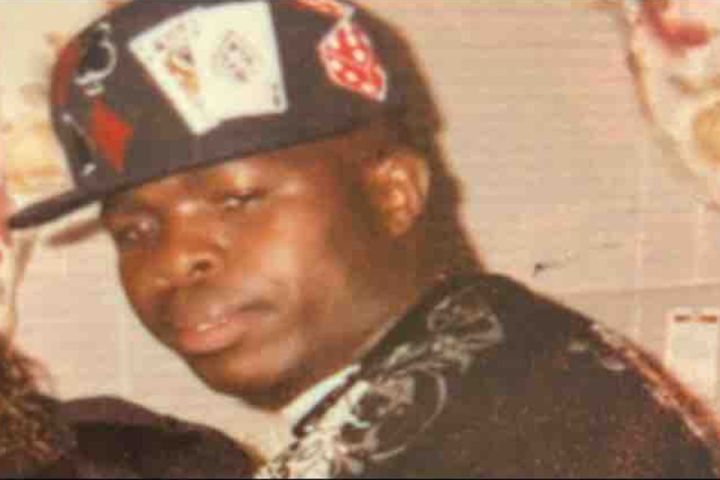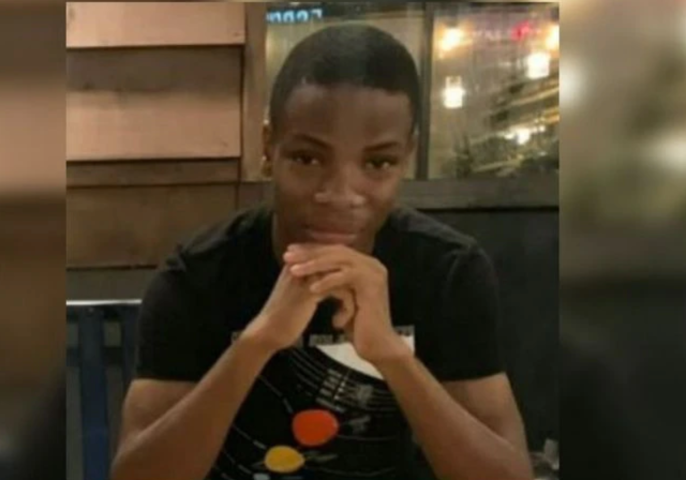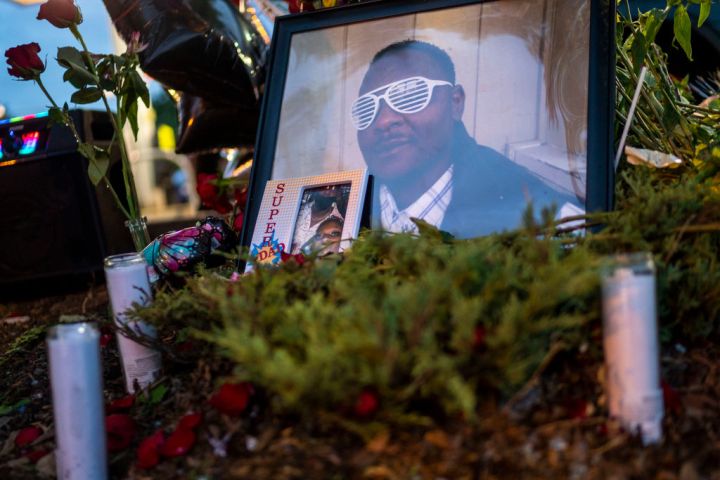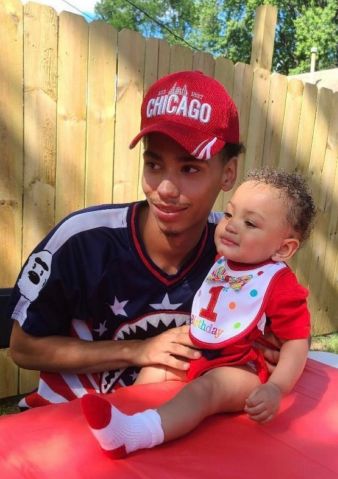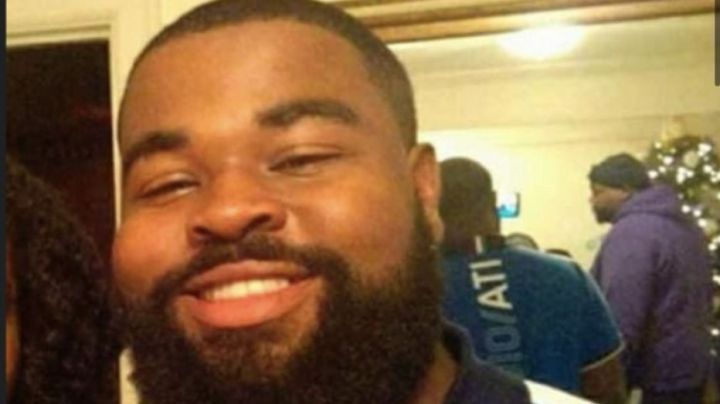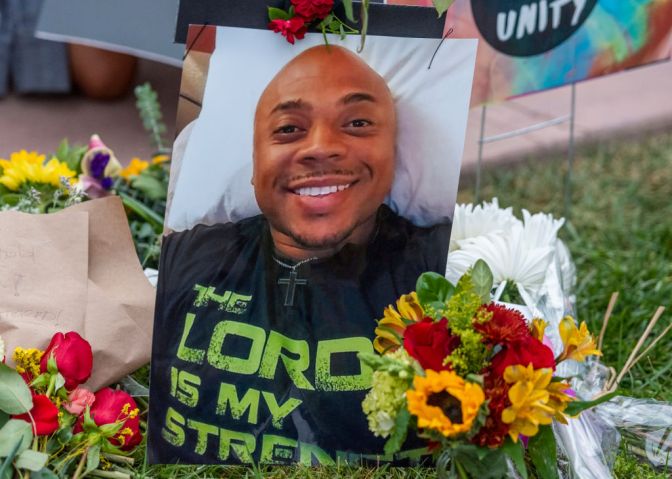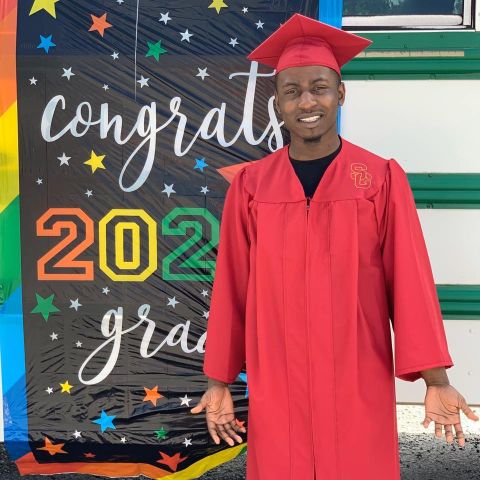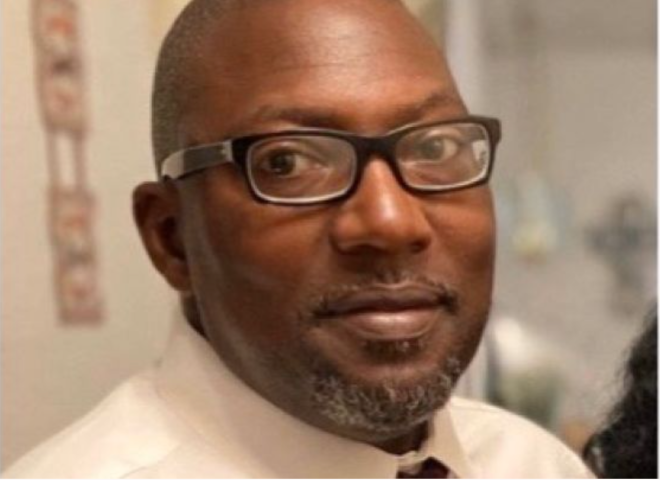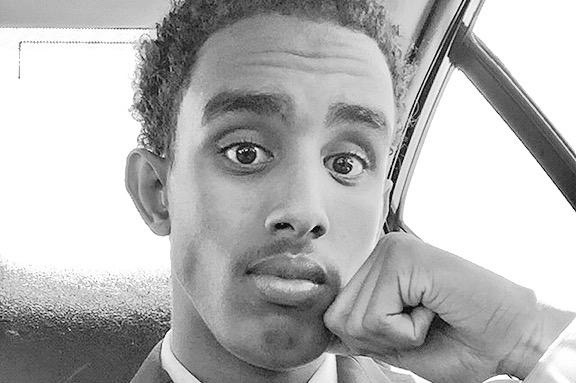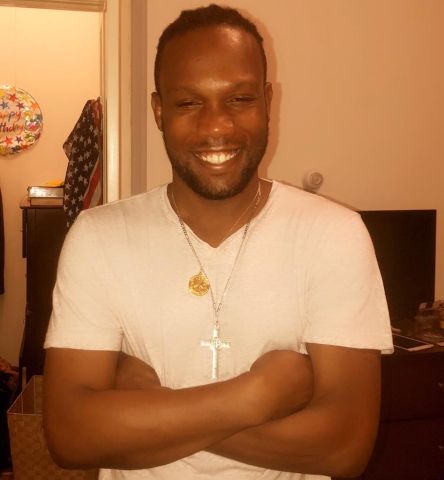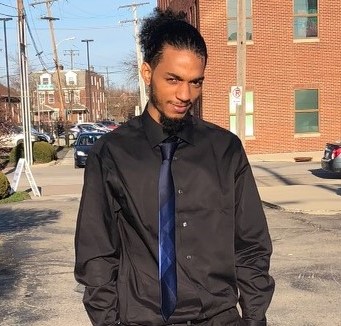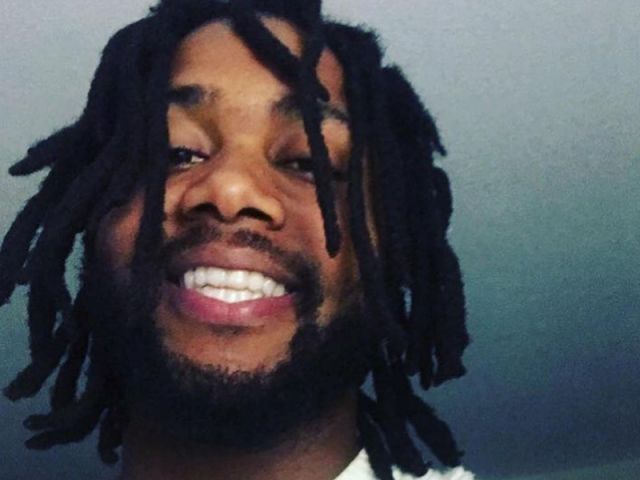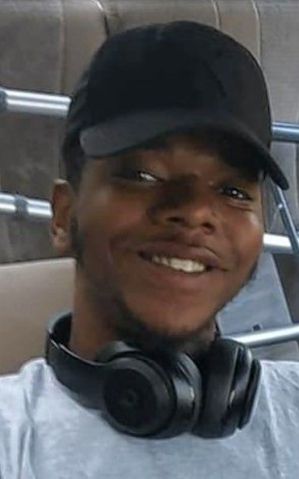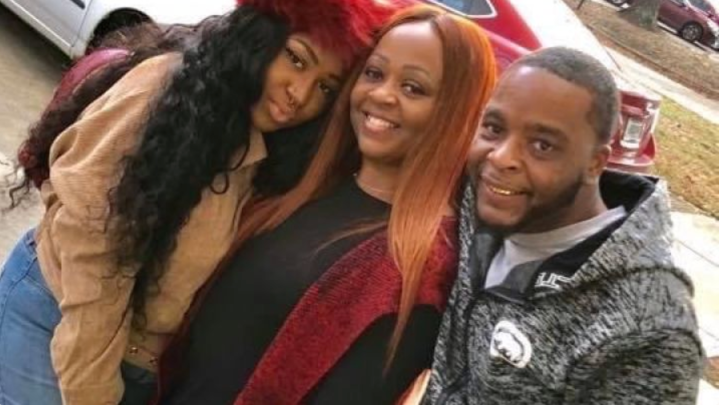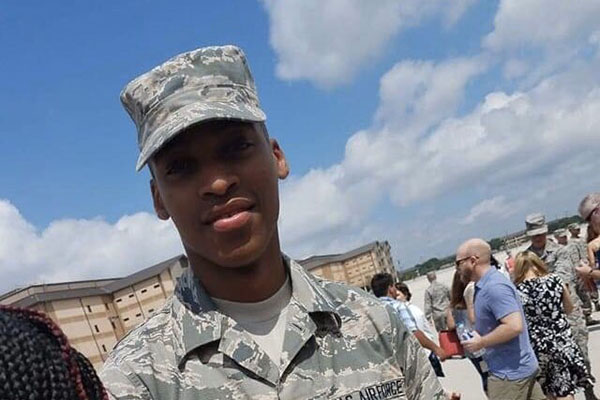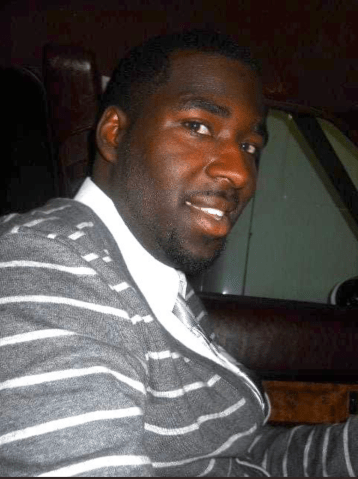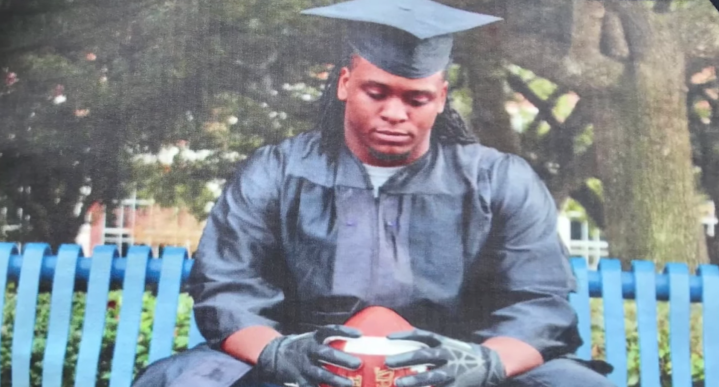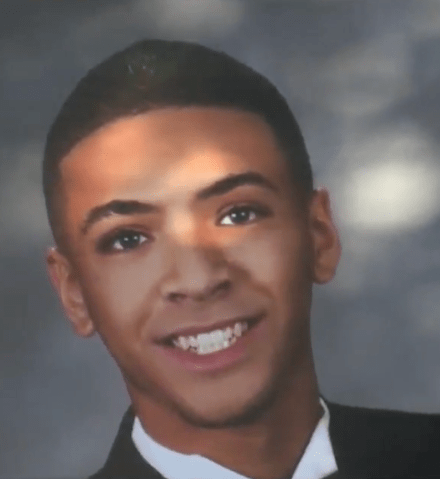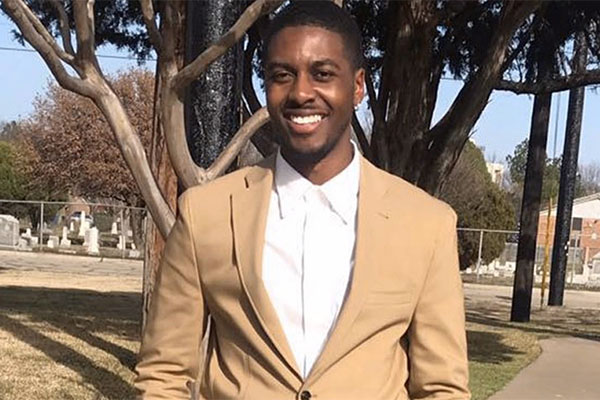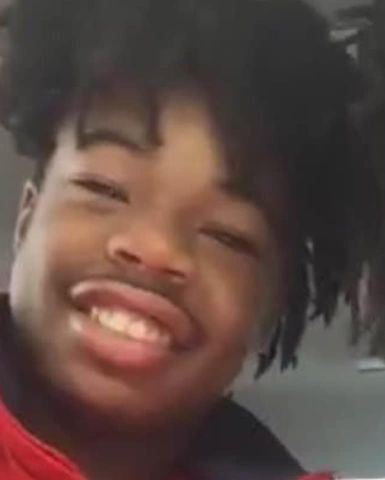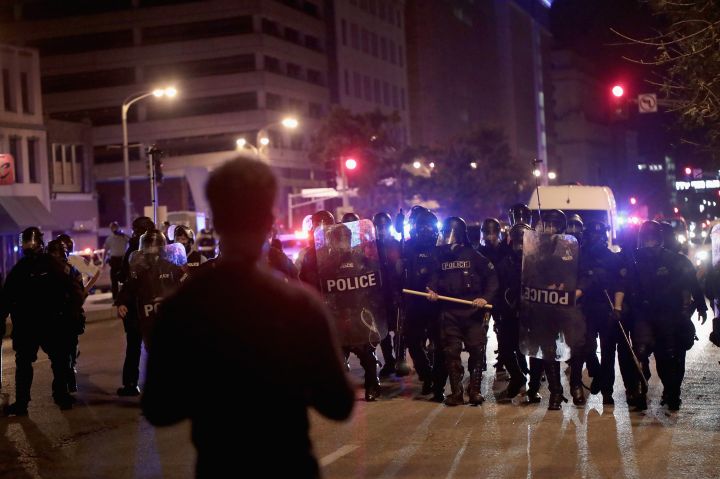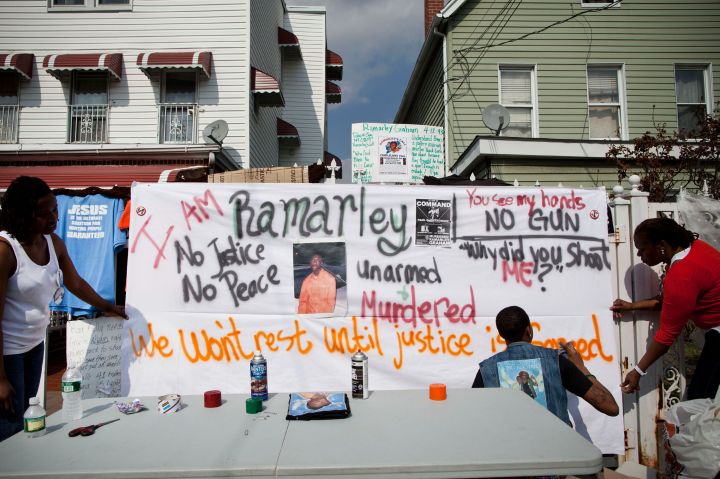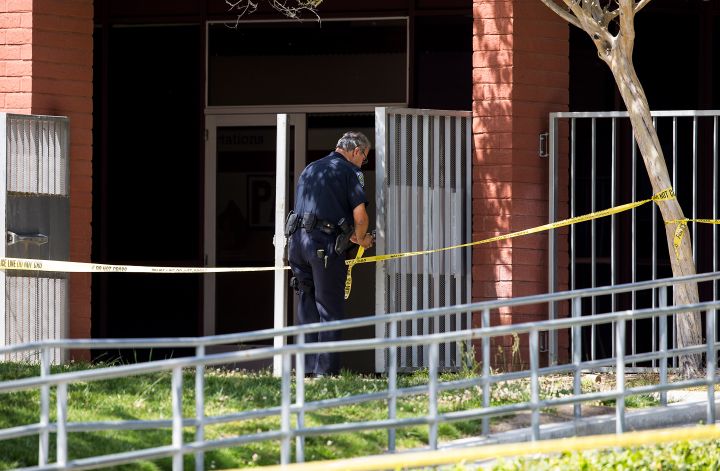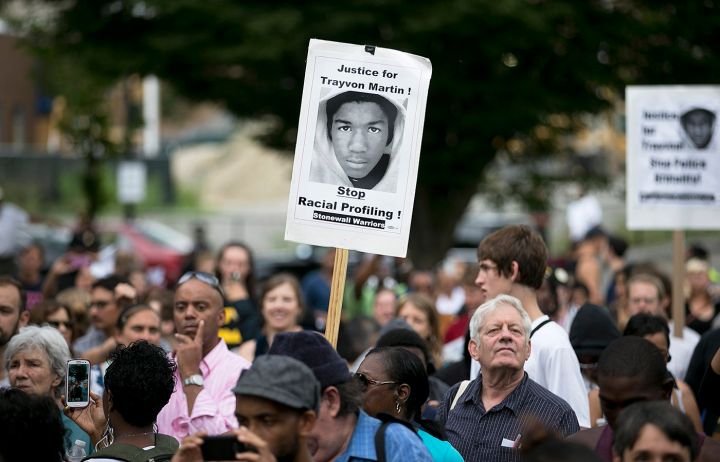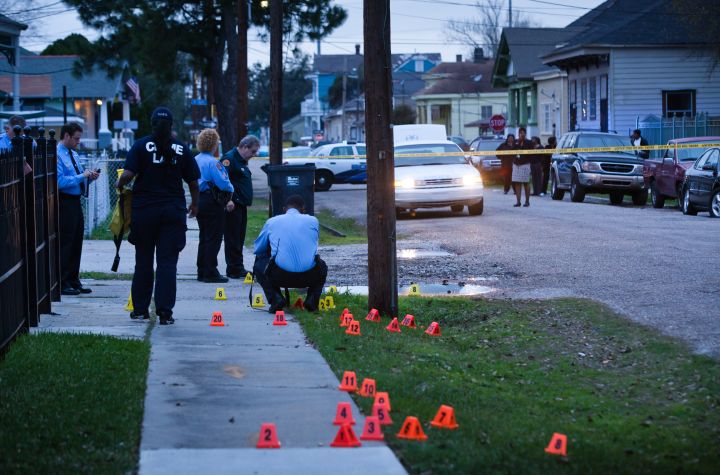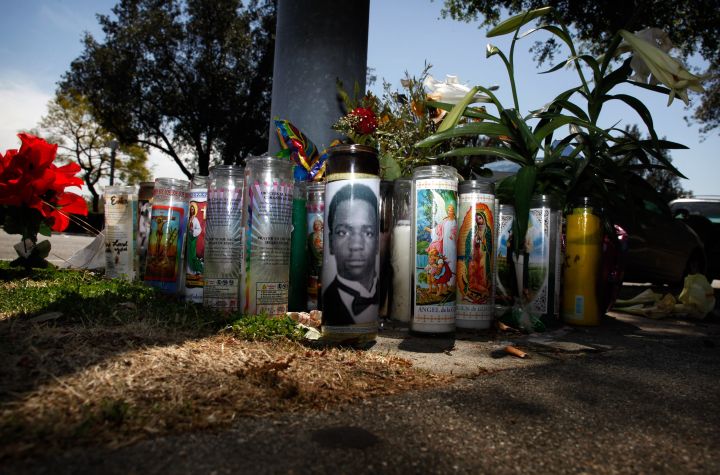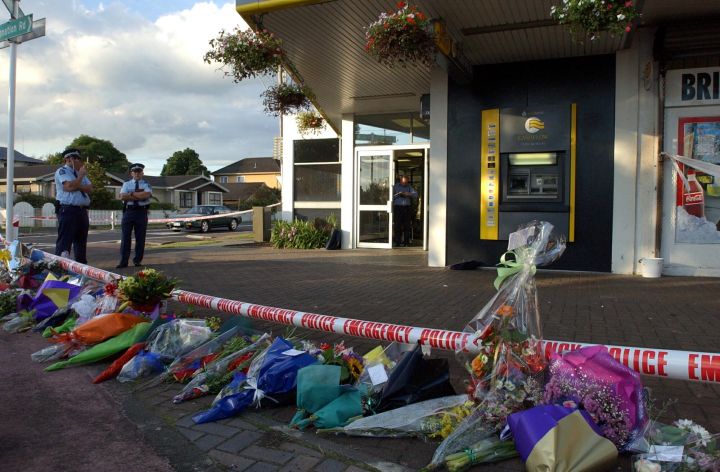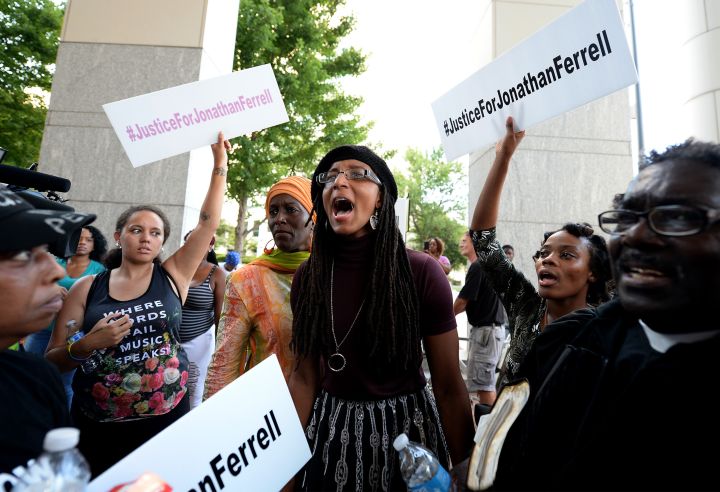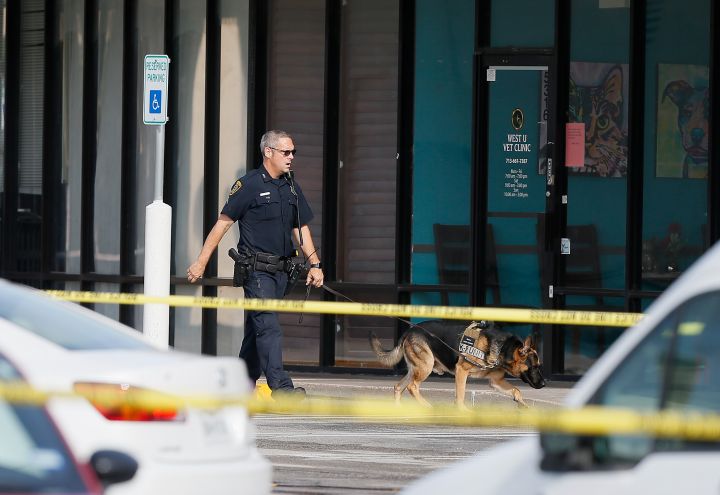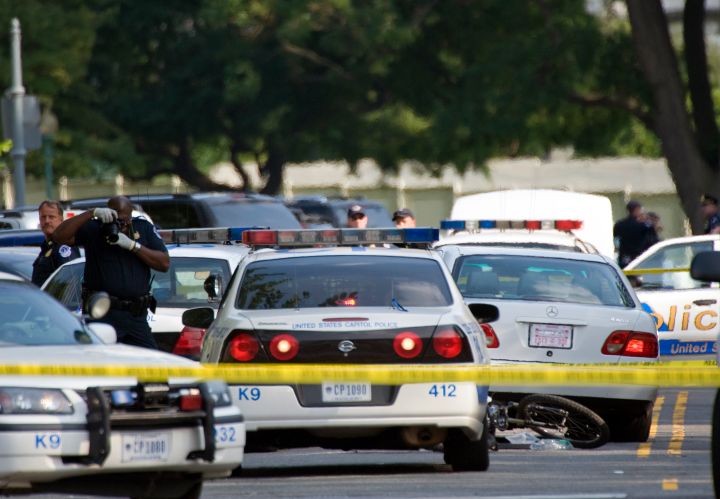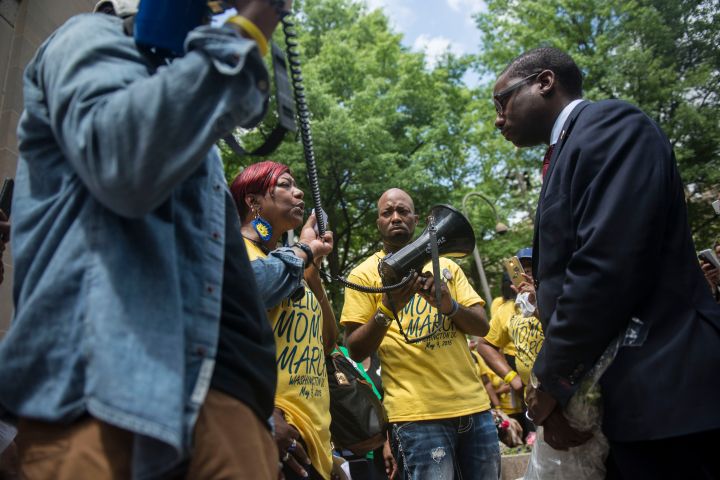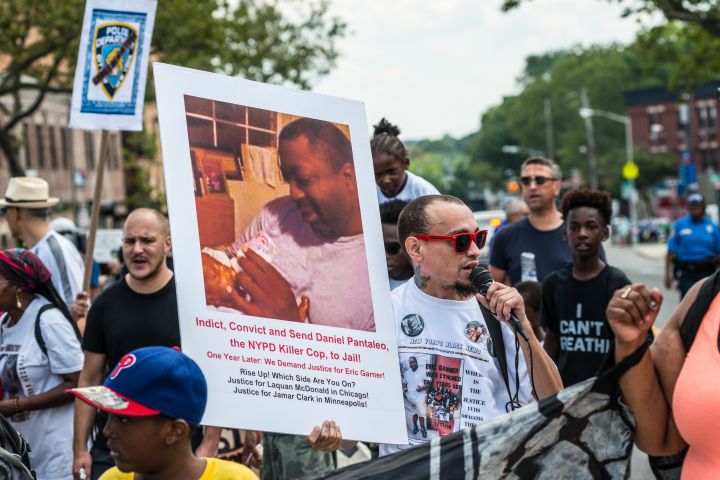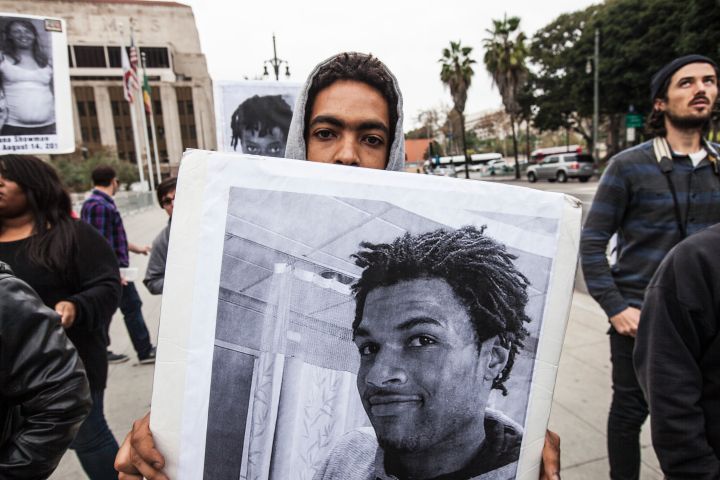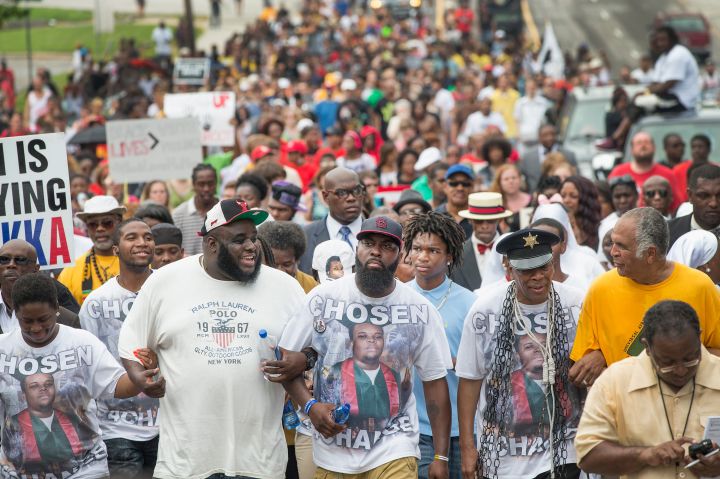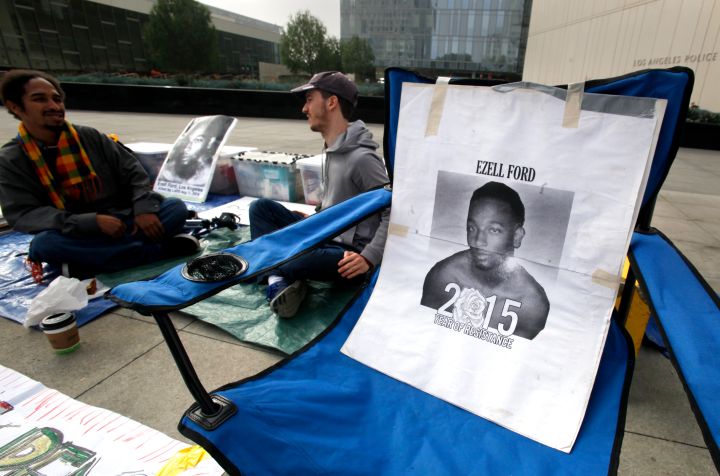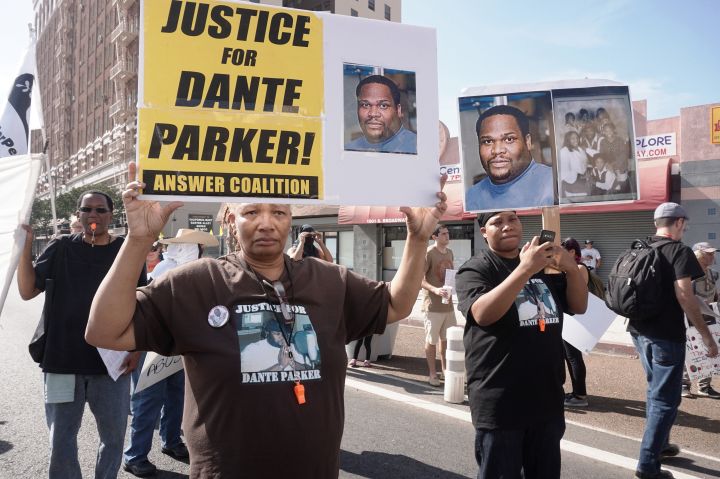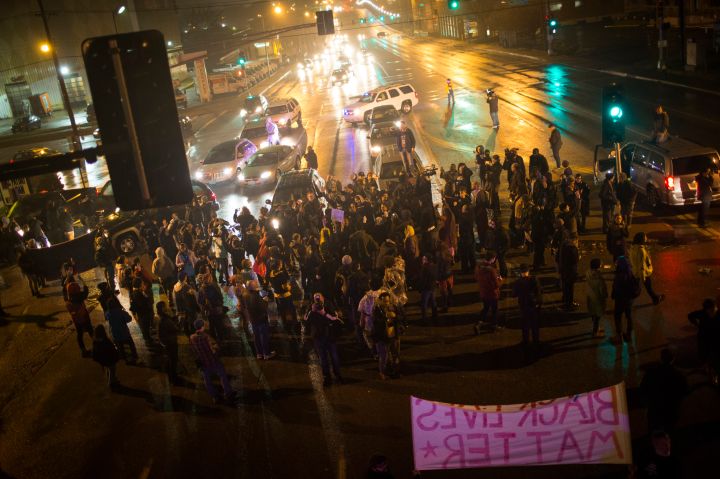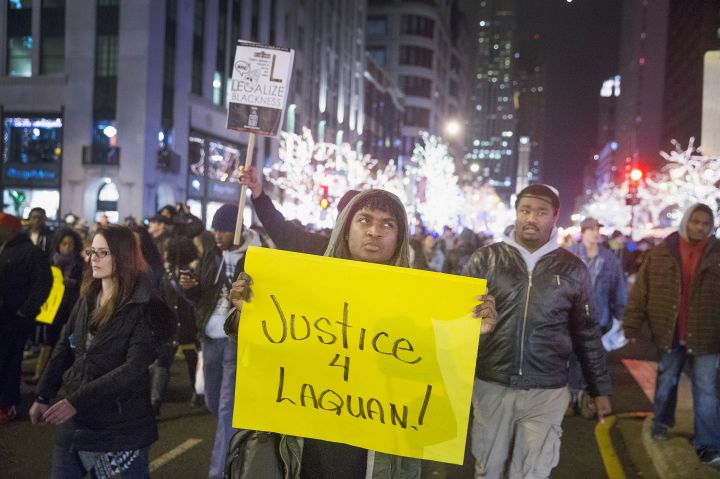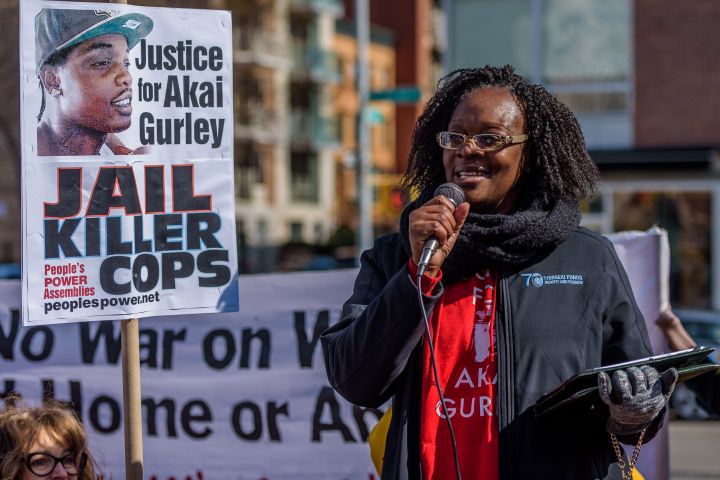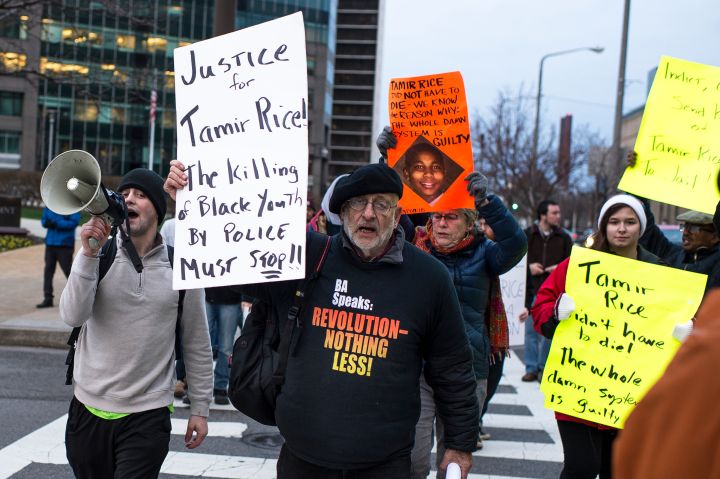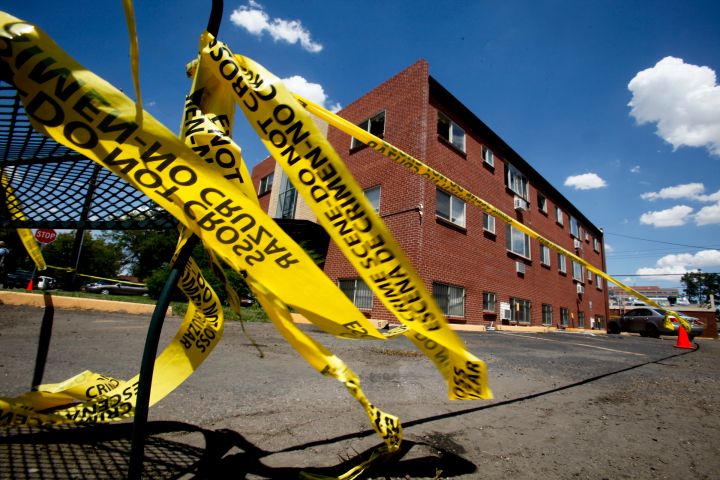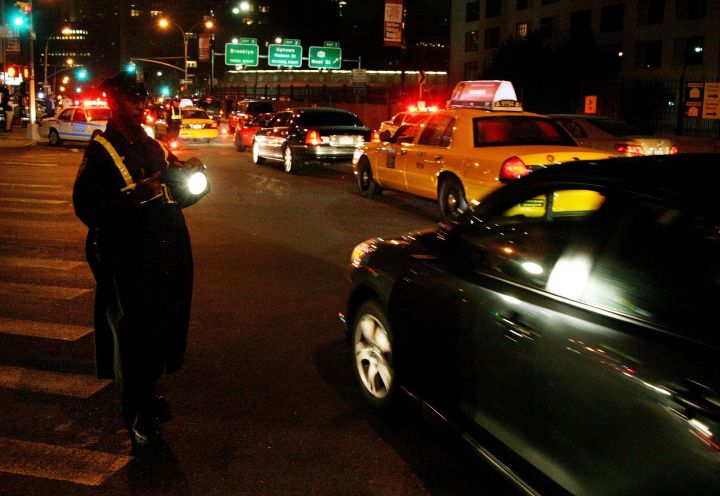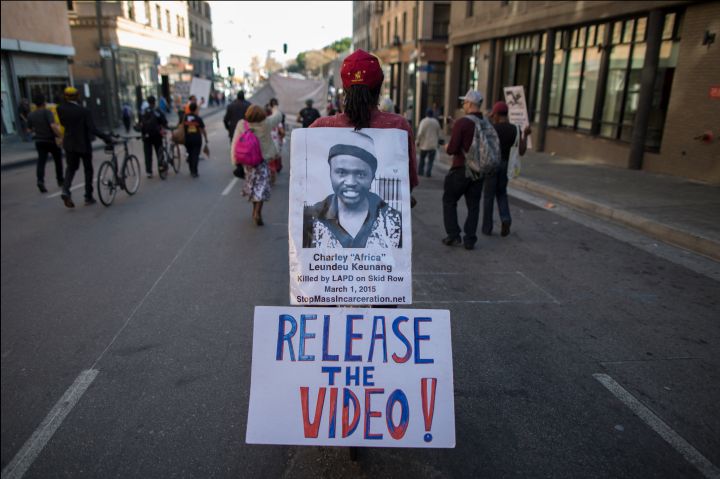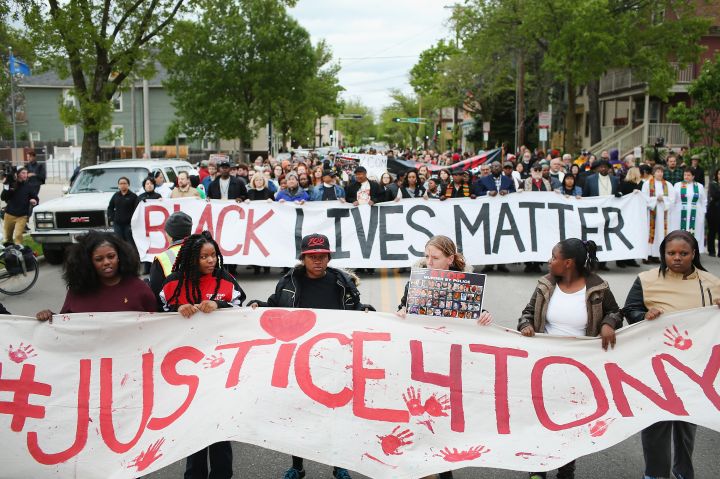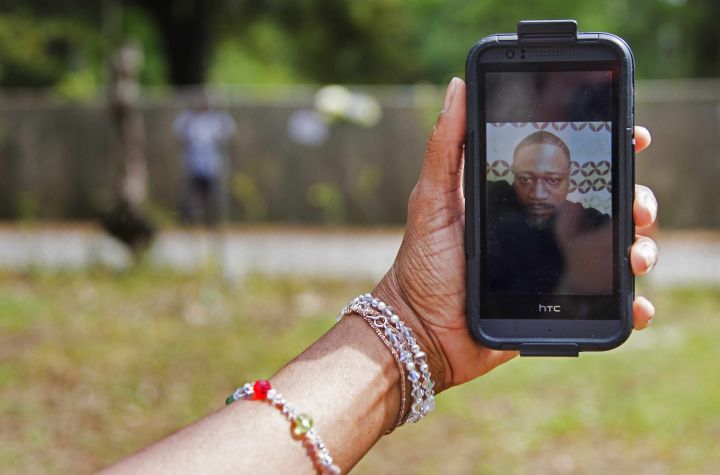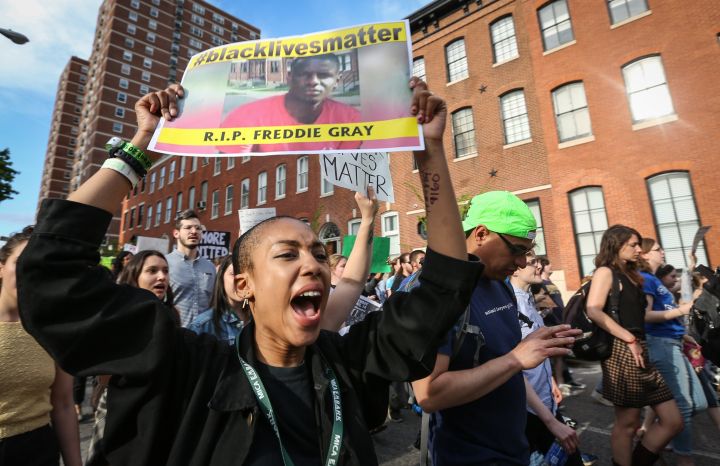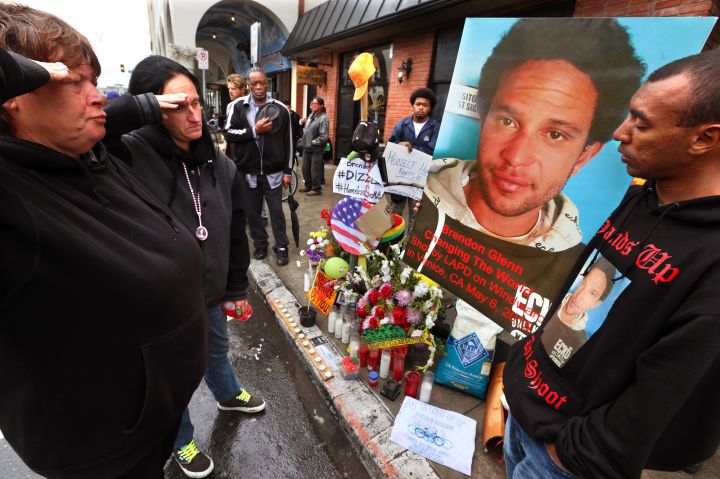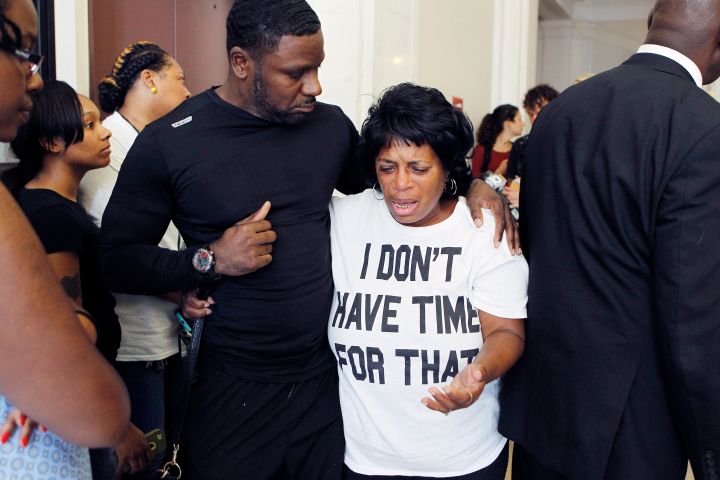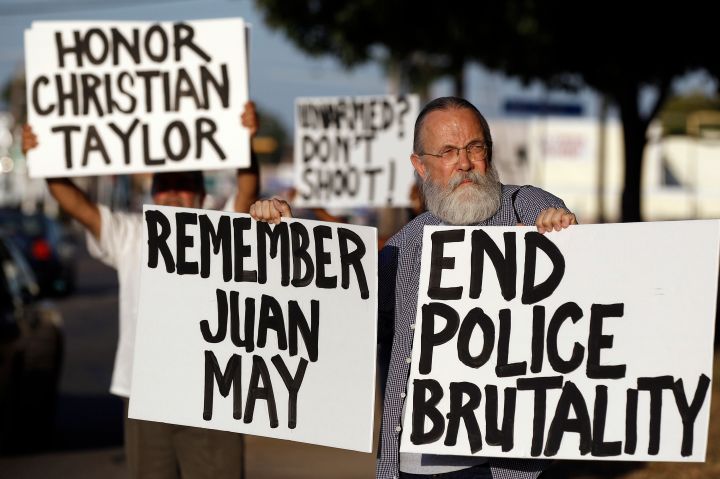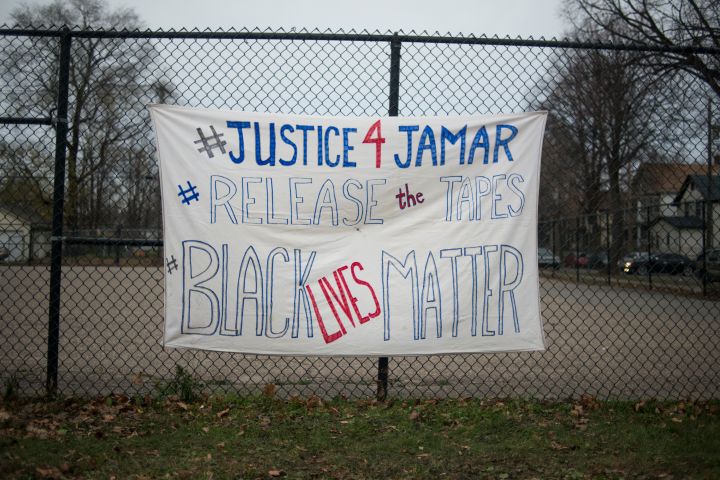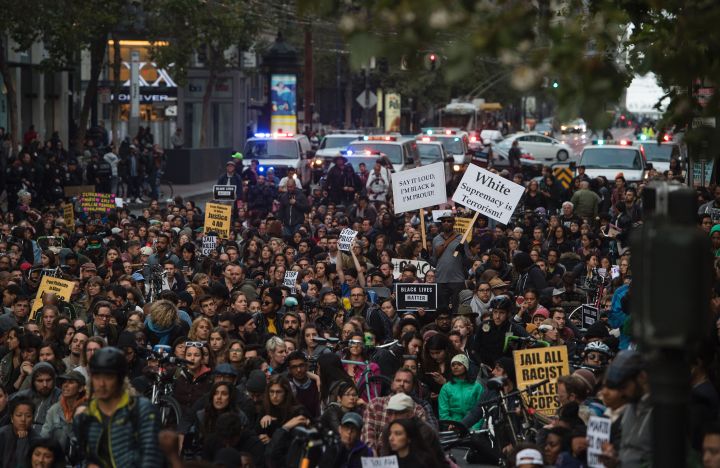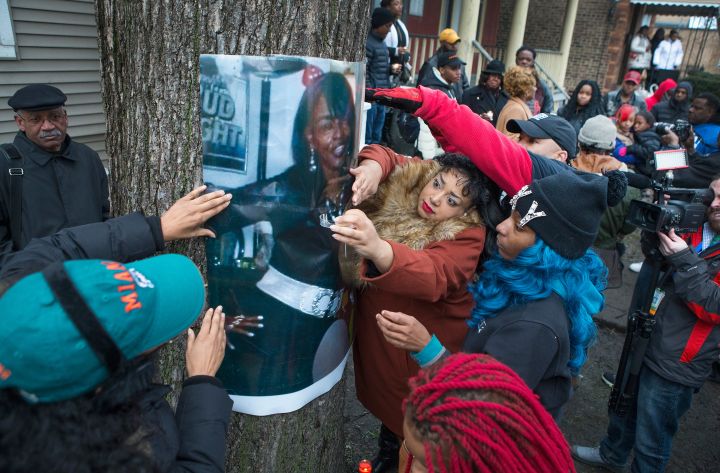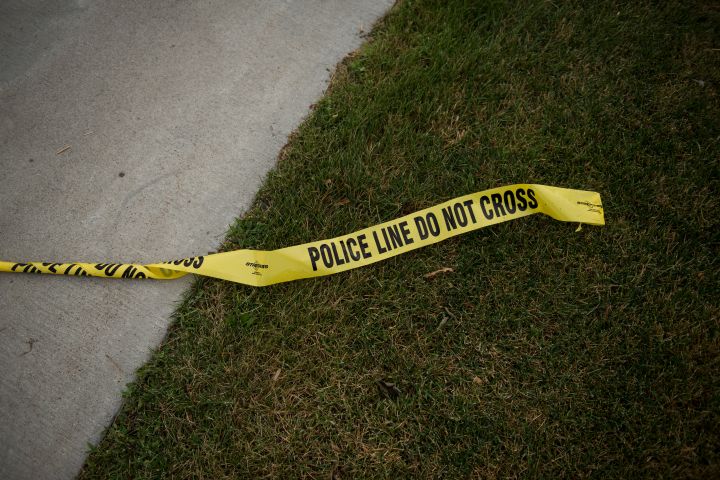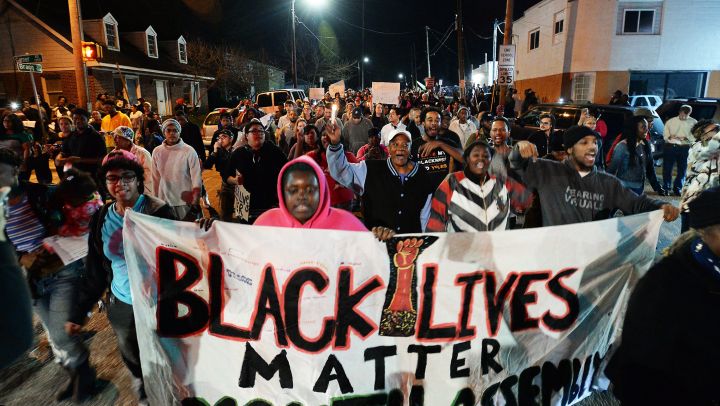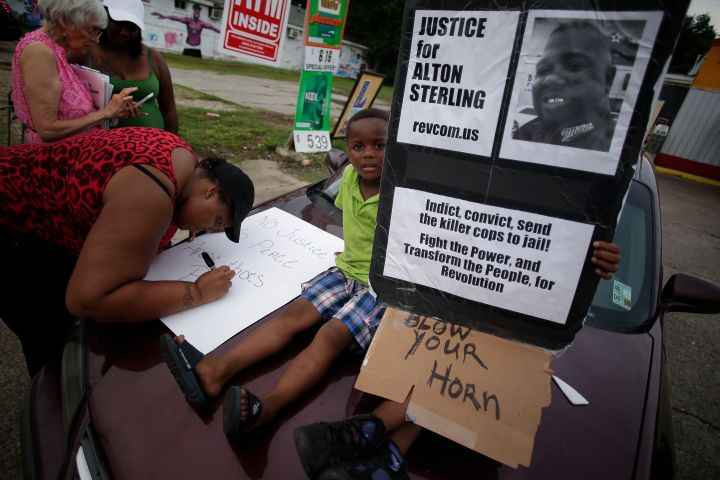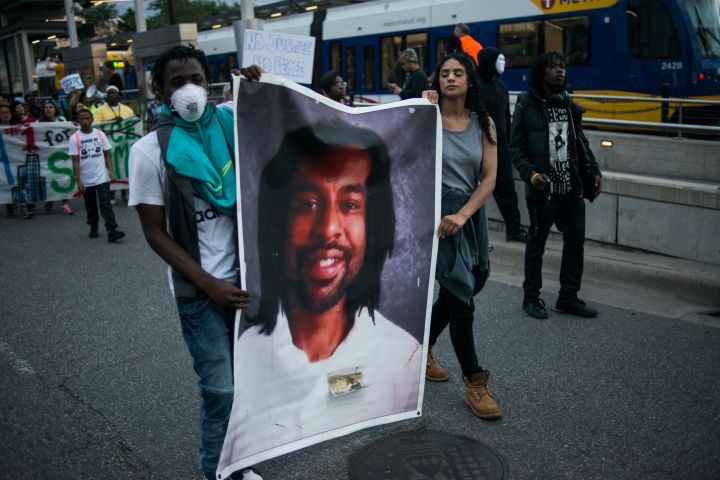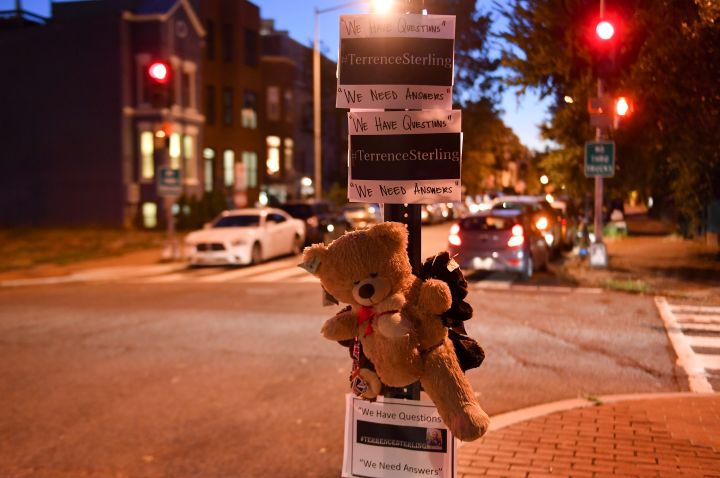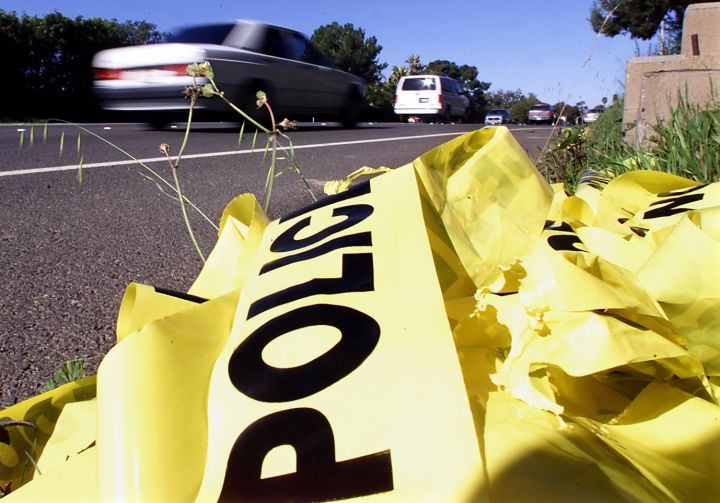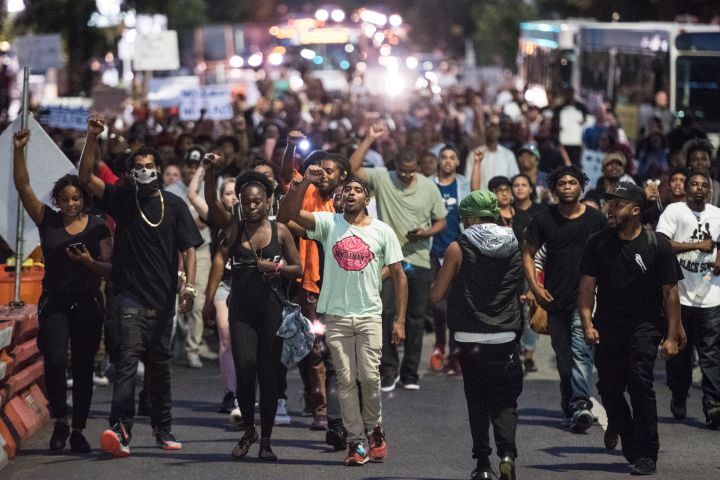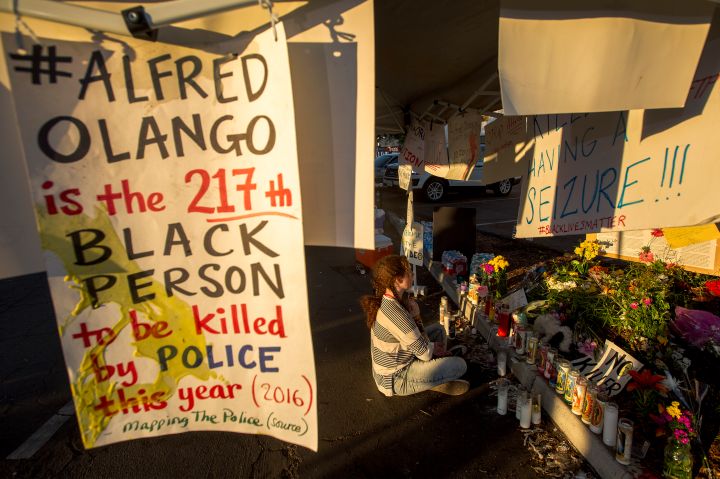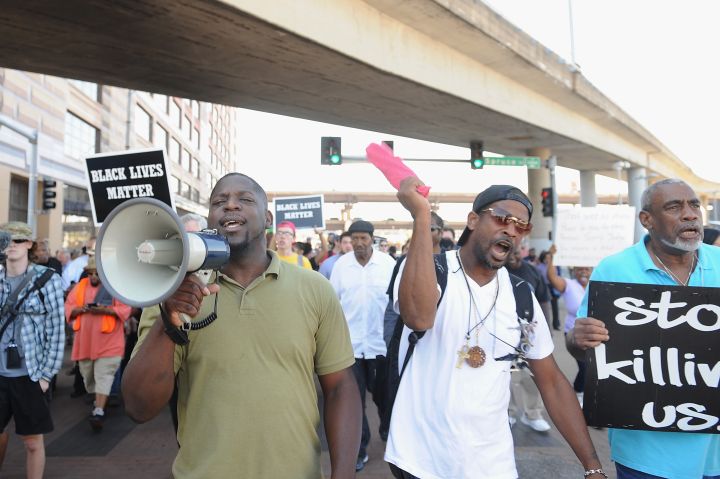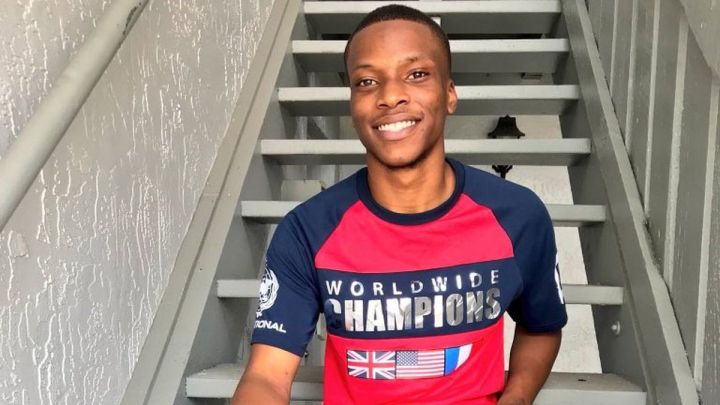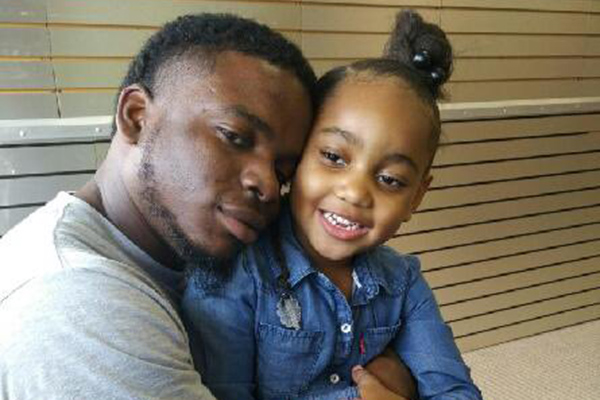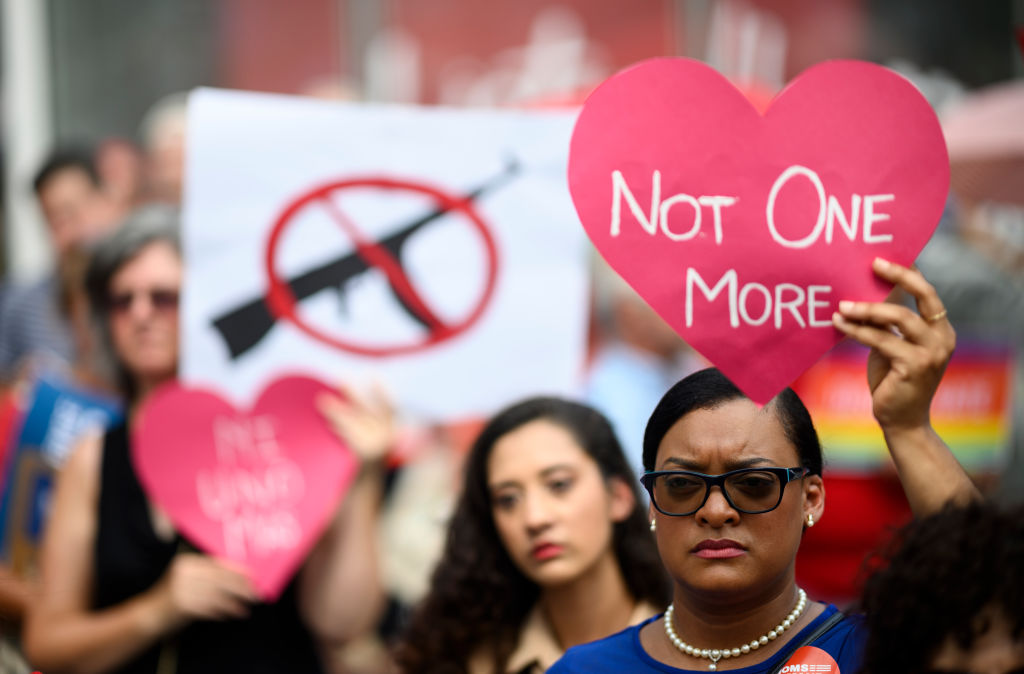
Protestors take part in a rally of Moms against gun violence calling for Federal Background Checks on August 18, 2019, in New York City. | Source: JOHANNES EISELE / Getty
Over the last year, President Joe Biden has taken a number of measures to address the scourge of gun violence in our country. He proposed an investment of $5 billion over 8 years in community violence intervention efforts, identified 26 existing federal grant programs that would be eligible for helping to combat gun violence, and proposed several new rules for regulating the gun industry—the most recent of which was this week’s announcement of new rules regulating the proliferation of “ghost guns” which are largely untraceable, self-assembled firearms.
Unfortunately, the most consequential of these measures—the historic $5 billion investment—has stalled in Congress right at a time when the U.S. is experiencing the highest number of shootings in over 20 years. These dollars would fund proven community-based interventions that have reduced shootings and homicides in cities by 30-60% — efforts that have never received the type of robust federal support that could help bring them to scale across the country.
As Congress continues to debate whether Black and Brown communities—those most impacted by the epidemic of gun violence—are worthy of these types of investments, there are immediate steps that cities, counties, and states can take at this moment. In coalition with over a hundred local and national gun violence prevention organizations around the country, we urged the White House to take several critical steps to fund peace in our cities including making American Rescue Plan (ARP) dollars eligible for supporting community-based violence intervention work. To its credit, the White House did just that and advised local jurisdictions that portions of the $350 billion in funds going directly to city, county, and state governments could be used to implement evidence-based programs to address community violence.
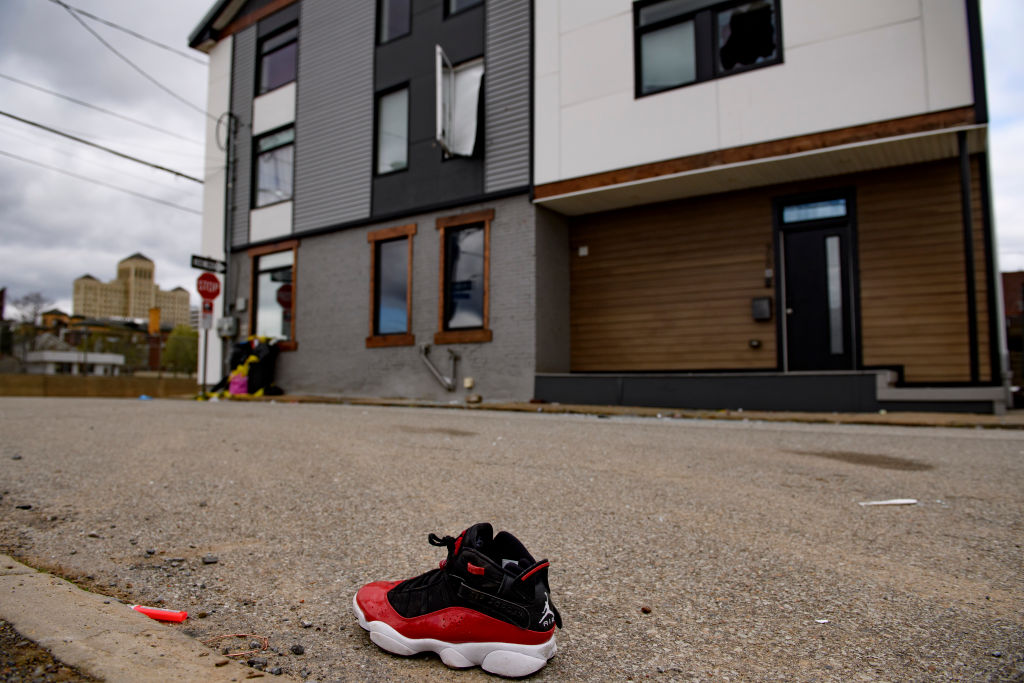
An Airbnb apartment rental in Pittsburgh is shown the morning after a shooting there on April 16, 2022, left two people dead and nine injured. | Source: Jeff Swensen / Getty
Gun violence is a public health crisis that demands public health solutions. The most effective anti-violence efforts narrowly address the tiny fraction of individuals in any given city that are most at risk for shooting or being shot and build comprehensive sets of interventions that address the root causes of violence in their lives. Effective efforts provide a range of wraparound services for these individuals including cognitive behavioral therapy, job training and placement, emergency housing, conflict mediation, and a range of survivor and victim services. Of the cities that attempt this work, most try to get away with doing it on the cheap, even while ramping up major investments in police (who are primarily tasked with solving shootings after they occur rather than preventing them from happening in the first place).
Several studies have shown that only about 0.2% of a city’s population is at high risk for shooting or being shot and efforts that include a comprehensive set of wraparound services typically cost about $20,000 – 25,000 per program participant. This means that a city like Detroit with a population of about 675,000 should probably be spending at least $28 million a year on community violence intervention services. This may seem like a lot until one realizes that the taxpayer cost of a single nonfatal shooting in Detroit is over $1 million (and up to $3 million for a fatal shooting with two suspects). With 323 homicides and 1,065 nonfatal shootings in 2021, taxpayers are easily paying well over $1 billion for gun violence in Detroit. An investment of $28 million would pay for itself many times over.
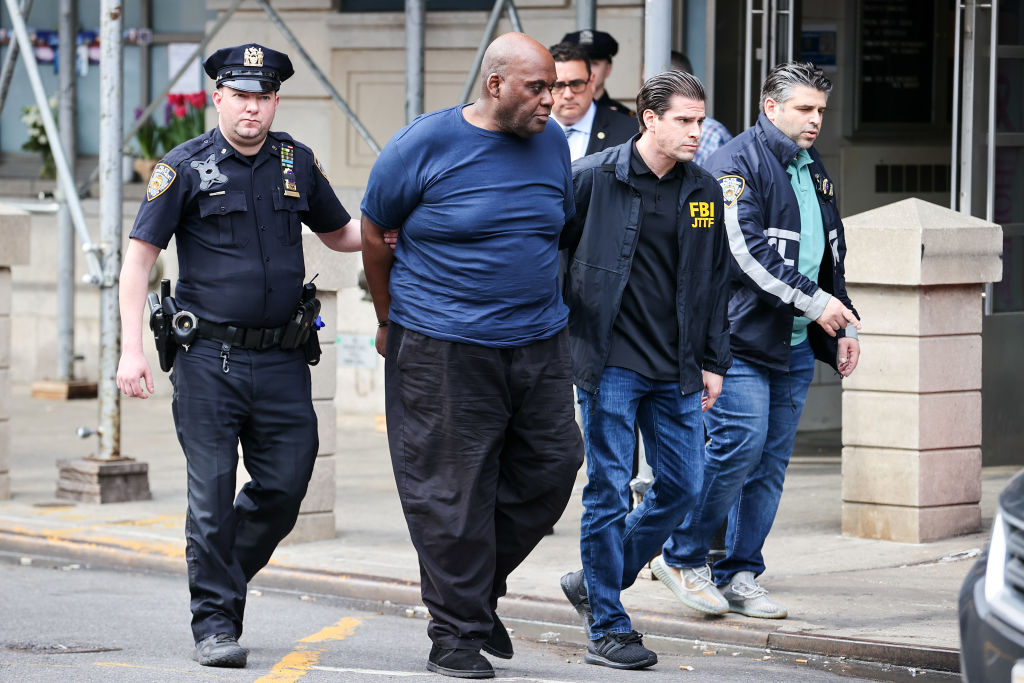
Frank James, 62, suspected of opening fire in a crowded New York City subway station has been taken into custody and charged with a terror-related offense. | Source: Anadolu Agency / Getty
The city of Detroit is instructive because it is one of 16 cities selected by the White House as part of its Community Violence Intervention Collaborative, an 18-month initiative to “scale and strengthen” effective intervention efforts. Despite receiving privately supported technical assistance in order to help refine and scale up its efforts, the City of Detroit has yet to make any public commitments to using ARP funds to scale up its efforts since the initiative was first announced almost a year ago.
But Detroit is not alone. Additional cities participating in the White House collaborative have failed to make public commitments of funding and recent reporting confirms that big cities in California and around the country have spent large portions of their ARP funds on policing rather than on addressing the psychological, medical, and economic concerns of the low-income Black and Brown residents most impacted by the pandemic.
For frontline violence interventionists, the families of the victims, and those who are in the line of fire every single day, the continued lack of investment in proven strategies—even when cities have millions of additional federal dollars on the table—is maddening.
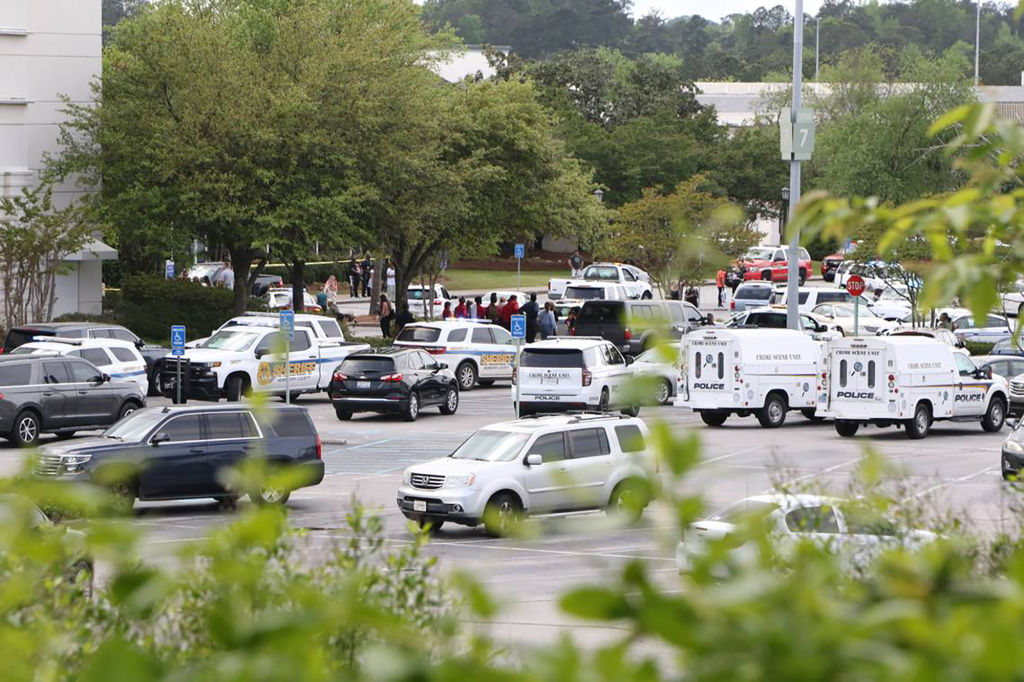
Scene outside Columbiana Centre mall after a shooting incident on Saturday, April 16, 2022, in Columbia, South Carolina. | Source: The State / Getty
Mayors, county administrators, and governors—Democrats and Republicans alike—are quick to stand at a podium and decry the scourge of gun violence after a shooting. But making pronouncements at a press conference is different from making investments. In his Pulitzer-winning book, “Locking Up Our Own,” James Forman, Jr. shares the history of how even Black politicians got swept up into the “tough on crime” ethos of the 1990s and helped fuel the mass incarceration of millions of Americans.
Since then, we have learned a tremendous amount about what does and does not work in reducing violence, but despite widespread support for alternatives, many politicians continue to echo the destructive rhetoric and policies of the past. A poll of likely 2022 voters demonstrated widespread support for investments in community violence intervention across party lines (including two-thirds of gun owners and NRA members) which suggests that the public is ready to support substantive investments in public health approaches. At this point, it’s up to politicians to learn from the failures of the past and make real investments in bringing peace to our cities.
Pastor Michael McBride is the founder and executive director of LIVE FREE. Dr. Antonio Cediel is the managing director of LIVE FREE. The organization works to end gun violence, mass incarceration and the death penalty.
SEE ALSO:
Shooting At South Carolina Mall Results In 12 People Injured Ahead Of Easter Holiday
OP-ED: Gun Violence Crisis Demands Public Health Solutions
was originally published on
newsone.com
